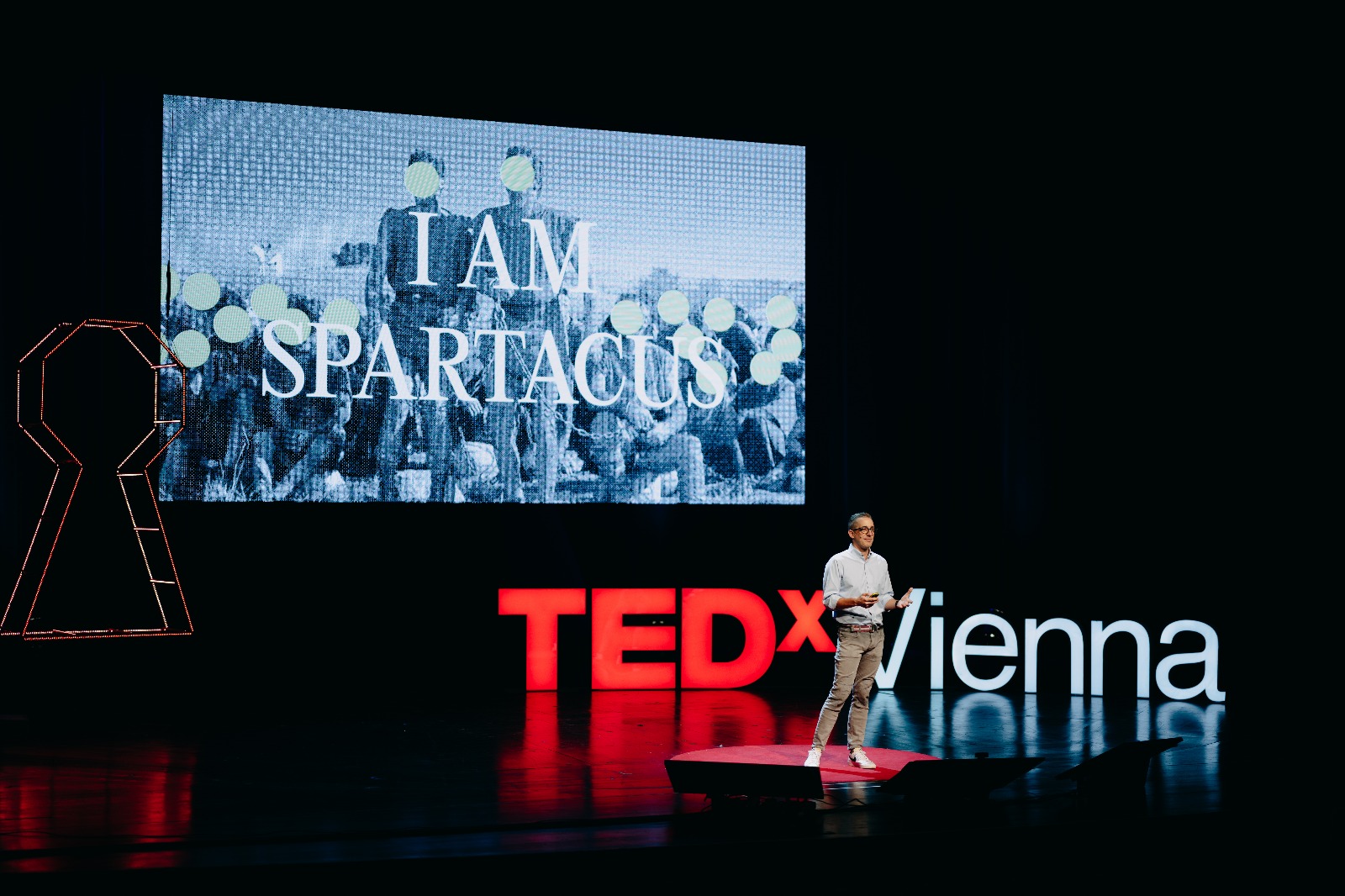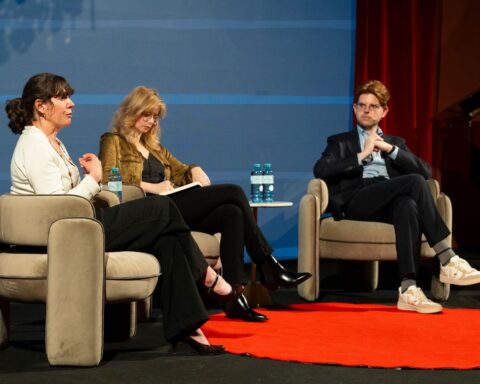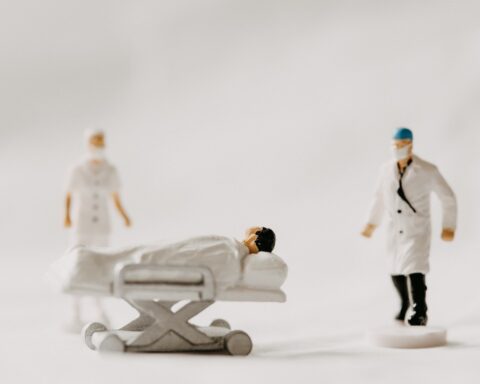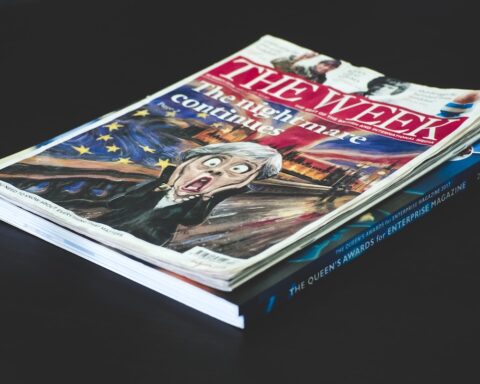If the title doesn’t pique your interest and make you want to read on, I don’t know what will.
The first publicly traded human – what does that even mean and why does it sound like the cautionary title of a dystopian tale?
Meet Mike Merrill. The man who in 2008, before the time of Bitcoins or NFTs, divided himself into 100,000 shares and began selling them online on the open market at a price of $1. Amidst an identity crisis, the entrepreneur at heart found he had big dreams and countless ideas but faced a dilemma many people can relate to: the lack of funding. Thus, a publicly traded human was born.
As a means to allow close friends and acquaintances to get involved in his creative projects, Mike hired a developer to build a website that would function just like a trading platform and enable him to communicate directly with investors. In exchange for their financial support, Mike granted them decision-making powers in his daily life. These included questions which were put up for vote, such as : What do I wear? Who am I going to date? Not to mention, should I get a vasectomy?
23 years later and the project is still going strong, so things got pretty serious. You can currently (at the time of writing), purchase one share for the price of $6.65. I had the pleasure of sitting with Mike after his talk at this year’s TEDXVienna Event: Untold. The following is an edited transcript of our conversation.
Earlier, you joked about the fact that you pretty much grew up on a dirt road in the middle of nowhere, in Alaska. I guess that means you had a pretty solitary childhood?
Oh yeah! I had a lot of time and there wasn’t very much to do but read comic books and hang out with my two brothers. I couldn’t wait to break out of my bubble. I started attending public school in fifth grade thinking things would be different, but I struggled a lot with social dynamics back then and it took me a while to find my footing.
How the tables have turned! Now you have created your own international community. Today, you had an emotional moment on stage while speaking about the project. What were you thinking about?
Honestly, I practiced the talk several times and that never happened before, so I was also surprised by that sudden wave of emotion. In that moment, I just felt great appreciation for the fact that this weird kid from Alaska could end up having all these great experiences and feel validated. Friendship is doing things together with other people and through this project, I really made some great friends.
In the beginning, most of your shareholders consisted of family or friends. Now the majority of your shareholders are strangers. As you have alluded to before, this project is not a “get-rich-quick” scheme, so what do you think is in it for them?
I think the concept of the project alone brings together a lot of like-minded people. If I were on the opposing end, I would also be curious about the idea and think to myself: Hey this sounds cool, why not invest and see what this is all about? Other than the novelty and entertainment factor, the pandemic has given the community a real chance to connect. We started by doing random zoom calls with each other during office hours, opening a slack channel (which is constantly active) to discuss all things ‘business’, and even began hosting regular poker games. When I’m travelling, I organise meetups so I can get to know my shareholders in person.
What’s one thing that you haven’t mentioned yet that’s in it for you?
I like that I’m pushed to do things that I might not have done otherwise. Along with that, I often receive a sense of certainty that I’ve made the ‘right decision’, which I don’t think you get often in life.
You have such a close relationship with your shareholders. Does that mean you naturally believe they have your best interests at heart?
From a business perspective, I have to assume that my shareholders will make decisions with that in mind – supposing that will lead to the most productive and successful outcome. It’s turned out alright so far! At the end of the day, I am still the one who gets to choose which questions I pose to them. Just like capitalism (laugh), it’s like giving the illusion of power, when the outcome has already been determined.
The decisions which you put up for vote are not legally-binding. Would you continue with the project if they were?
I almost think it’s more powerful that it’s not legally binding. Because my reputation is on the line, I am super invested. There is a natural level of accountability, which is a choice, as opposed to mandated. Like a safety mechanism for the shareholders, if I were considered non-transparent or unreliable, they would simply leave and the price would drop. It’s a system that has a self-regulating aspect and doesn’t need laws.
The project does, however, have real-life consequences. One of which you mentioned, was the dissolution of a romantic relationship. Have you learnt any lessons there and what does your current partner think about the whole thing?
It does indeed. It’s funny, my current girlfriend made a whole powerpoint about how she supports the project but will never buy shares. She’s definitely a character that shareholders know, but giving that much romantic control to my investors was just not a sustainable way to move forward.
Speaking of moving forward, what is your long-term plan for the project? How long do you think you’ll do this for?
I don’t know, until I’m 80 I guess. By then I will probably be a grumpy old man who will pose shareholders important questions like what type of oatmeal I should eat. There’s still so much about the concept of functioning like a corporation that I’d like to experiment with. For example, what would a hostile takeover look like? Probably terrifying but also exciting, depending on who it is I guess. Also, if I ever choose to leave, it would need to be under the same economic terms. Does that mean a leveraged buyout? Do I need to make an offer to buy everyone’s shares? Let’s say I am open to finding out and being manipulated in different ways.
To find out more about Mike Merrill, you can visit his online bio here.
Header image by Florentina Olareanu @goldenhourpictures





